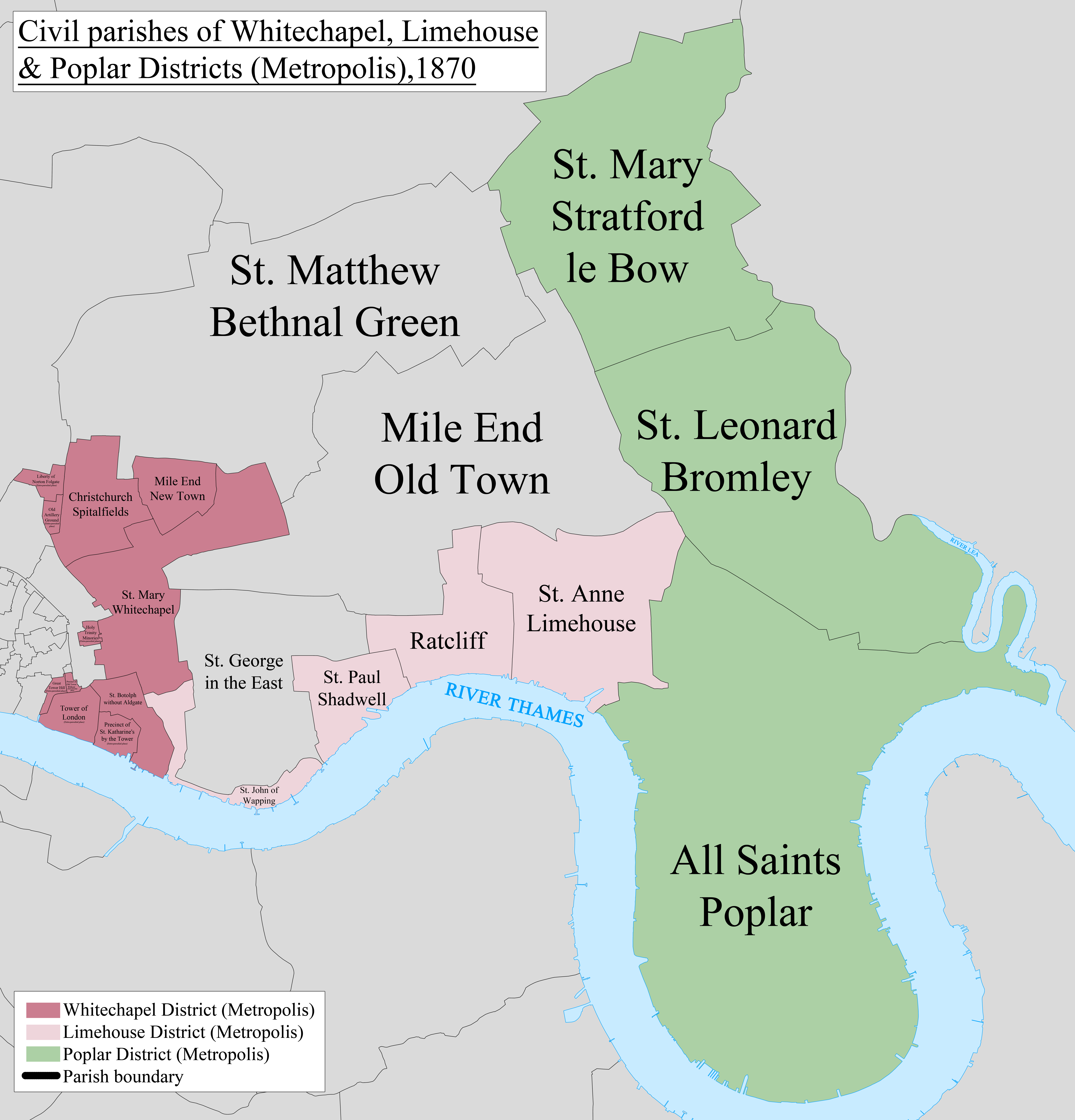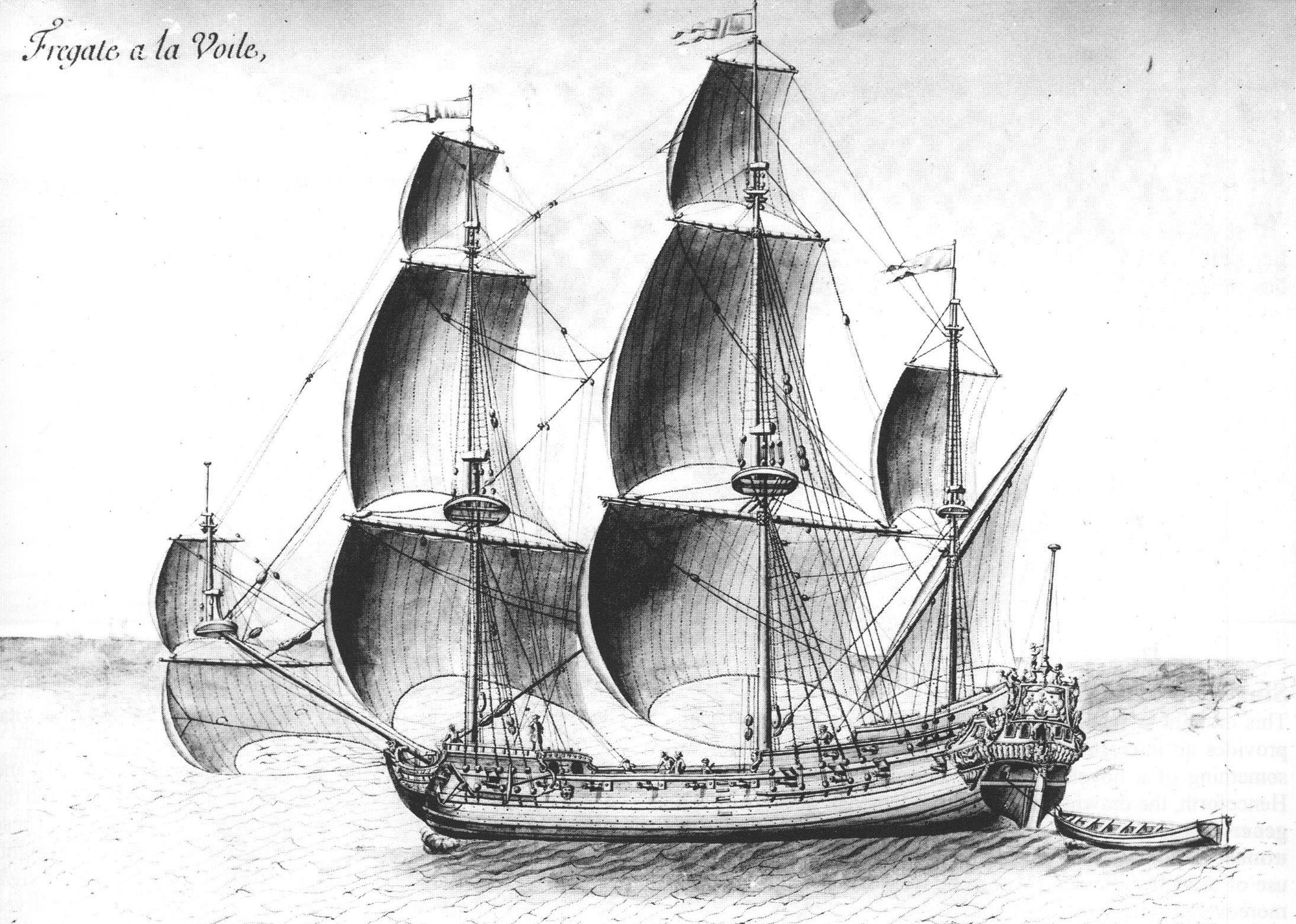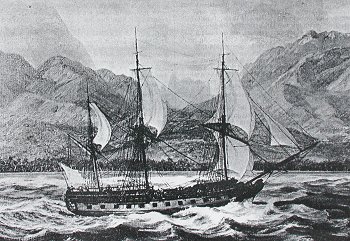|
HMS Jason (1763)
HMS ''Jason'' was a 32-gun ''Richmond''-class fifth-rate frigate of the Royal Navy. She was launched in 1763 and served throughout the American Revolutionary War. References * Robert Gardiner, ''The First Frigates'', Conway Maritime Press, London 1992. . * David Lyon, ''The Sailing Navy List'', Conway Maritime Press, London 1993. . * Rif Winfield, ''British Warships in the Age of Sail ''British Warships in the Age of Sail'' is a series of four books by maritime historian Rif Winfield comprising a historical reference work providing details of all recorded ships that served or were intended to serve in the (British) Royal Navy ..., 1714 to 1792'', Seaforth Publishing, London 2007. . Fifth-rate frigates of the Royal Navy 1763 ships Ships built on the River Thames Richmond-class frigates {{UK-frigate-stub ... [...More Info...] [...Related Items...] OR: [Wikipedia] [Google] [Baidu] |
Limehouse
Limehouse is a district in the London Borough of Tower Hamlets in East London. It is east of Charing Cross, on the northern bank of the River Thames. Its proximity to the river has given it a strong maritime character, which it retains through its riverside public houses and steps, such as The Grapes and Limehouse Stairs. It is part of the traditional county of Middlesex. It became part of the ceremonial County of London following the passing of the Local Government Act 1888, and then part of Greater London in 1965. It is located between Stepney to the west and north, Mile End and Bow to the northwest, Poplar to the east, and Canary Wharf and Millwall to the south, and stretches from the end of Cable Street and Butcher Row in the west to Stainsby Road near Bartlett Park in the east, and from West India Dock (South Dock) and the River Thames in the south to Salmon Lane and Rhodeswell Road in the north. The area gives its name to Limehouse Reach, a section of the Thames wh ... [...More Info...] [...Related Items...] OR: [Wikipedia] [Google] [Baidu] |
Fifth-rate
In the rating system of the Royal Navy used to categorise sailing warships, a fifth rate was the second-smallest class of warships in a hierarchical system of six " ratings" based on size and firepower. Rating The rating system in the Royal Navy as originally devised had just four rates, but early in the reign of Charles I, the original fourth rate (derived from the "Small Ships" category under his father, James I) was divided into new classifications of fourth, fifth, and sixth rates. While a fourth-rate ship was defined as a ship of the line, fifth and the smaller sixth-rate ships were never included among ships-of-the-line. Nevertheless, during the Anglo-Dutch Wars of the 17th century, fifth rates often found themselves involved among the battle fleet in major actions. Structurally, these were two-deckers, with a complete battery on the lower deck, and fewer guns on the upper deck (below the forecastle and quarter decks, usually with no guns in the waist on this deck). The ... [...More Info...] [...Related Items...] OR: [Wikipedia] [Google] [Baidu] |
Sailing Frigate
A frigate () is a type of warship. In different eras, the roles and capabilities of ships classified as frigates have varied somewhat. The name frigate in the 17th to early 18th centuries was given to any full-rigged ship built for speed and maneuverability, intended to be used in scouting, escort and patrol roles. The term was applied loosely to ships varying greatly in design. In the second quarter of the 18th century, the 'true frigate' was developed in France. This type of vessel was characterised by possessing only one armed deck, with an unarmed deck below it used for berthing the crew. Late in the 19th century (British and French prototypes were constructed in 1858), armoured frigates were developed as powerful ironclad warships, the term frigate was used because of their single gun deck. Later developments in ironclad ships rendered the frigate designation obsolete and the term fell out of favour. During the Second World War the name 'frigate' was reintroduced to des ... [...More Info...] [...Related Items...] OR: [Wikipedia] [Google] [Baidu] |
Builder's Old Measurement
Builder's Old Measurement (BOM, bm, OM, and o.m.) is the method used in England from approximately 1650 to 1849 for calculating the cargo capacity of a ship. It is a volumetric measurement of cubic capacity. It estimated the tonnage of a ship based on length and maximum beam (nautical), beam. It is expressed in "tons burden" ( en-em , burthen , enm , byrthen ), and abbreviated "tons bm". The formula is: : \text = \frac where: * ''Length'' is the length, in foot (length), feet, from the stem (ship), stem to the sternpost; * ''Beam (nautical), Beam'' is the maximum beam, in feet. The Builder's Old Measurement formula remained in effect until the advent of steam propulsion. Steamships required a different method of estimating tonnage, because the ratio of length to beam was larger and a significant volume of internal space was used for boilers and machinery. In 1849, the Moorsom System was created in the United Kingdom. The Moorsom system calculates the cargo-carrying capaci ... [...More Info...] [...Related Items...] OR: [Wikipedia] [Google] [Baidu] |
Full-rigged Ship
A full-rigged ship or fully rigged ship is a sailing vessel's sail plan with three or more masts, all of them square-rigged. A full-rigged ship is said to have a ship rig or be ship-rigged. Such vessels also have each mast stepped in three segments: lower mast, top mast, and topgallant mast. Other large, multi-masted sailing vessels may be regarded as ships while lacking one of the elements of a full-rigged ship, e.g. having one or more masts support only a fore-and-aft sail or having a mast that only has two segments. Masts The masts of a full-rigged ship, from bow to stern, are: * Foremast, which is the second tallest mast * Mainmast, the tallest * Mizzenmast, the third tallest * Jiggermast, which may not be present but will be fourth tallest if so If the masts are of wood, each mast is in three or more pieces. They are (in order, from bottom up): * The lowest piece is called the ''mast'' or the ''lower''. * Topmast * Topgallant mast * Royal mast, if fitted On steel-m ... [...More Info...] [...Related Items...] OR: [Wikipedia] [Google] [Baidu] |
Richmond-class Frigate
The ''Richmond''-class frigates were 32-gun sailing frigates of the fifth rate produced for the Royal Navy The Royal Navy (RN) is the United Kingdom's naval warfare force. Although warships were used by English and Scottish kings from the early medieval period, the first major maritime engagements were fought in the Hundred Years' War against F .... They were designed in 1756 by the Navy's Surveyor, William Bately, and were his equivalent of the s designed by Bately's co-Surveyor, Thomas Slade. They were faster ships than the ''Southampton''s, and were weatherly craft, remaining dry even in high seas. Three ships were ordered to this design between 1756 and 1757, while a second batch of three ships was ordered between 1761 and 1762 to a slightly modified design. Ships in class First batch * ** Ordered: 12 March 1756 ** Built by: John Buxton, Deptford. ** Keel laid: April 1756 ** Launched: 12 November 1757 ** Completed: 7 December 1757 at Deptford Dockyard. ** Fa ... [...More Info...] [...Related Items...] OR: [Wikipedia] [Google] [Baidu] |
Sailing Frigate
A frigate () is a type of warship. In different eras, the roles and capabilities of ships classified as frigates have varied somewhat. The name frigate in the 17th to early 18th centuries was given to any full-rigged ship built for speed and maneuverability, intended to be used in scouting, escort and patrol roles. The term was applied loosely to ships varying greatly in design. In the second quarter of the 18th century, the 'true frigate' was developed in France. This type of vessel was characterised by possessing only one armed deck, with an unarmed deck below it used for berthing the crew. Late in the 19th century (British and French prototypes were constructed in 1858), armoured frigates were developed as powerful ironclad warships, the term frigate was used because of their single gun deck. Later developments in ironclad ships rendered the frigate designation obsolete and the term fell out of favour. During the Second World War the name 'frigate' was reintroduced to des ... [...More Info...] [...Related Items...] OR: [Wikipedia] [Google] [Baidu] |
Royal Navy
The Royal Navy (RN) is the United Kingdom's naval warfare force. Although warships were used by English and Scottish kings from the early medieval period, the first major maritime engagements were fought in the Hundred Years' War against France. The modern Royal Navy traces its origins to the early 16th century; the oldest of the UK's armed services, it is consequently known as the Senior Service. From the middle decades of the 17th century, and through the 18th century, the Royal Navy vied with the Dutch Navy and later with the French Navy for maritime supremacy. From the mid 18th century, it was the world's most powerful navy until the Second World War. The Royal Navy played a key part in establishing and defending the British Empire, and four Imperial fortress colonies and a string of imperial bases and coaling stations secured the Royal Navy's ability to assert naval superiority globally. Owing to this historical prominence, it is common, even among non-Britons, to ref ... [...More Info...] [...Related Items...] OR: [Wikipedia] [Google] [Baidu] |
American Revolutionary War
The American Revolutionary War (April 19, 1775 – September 3, 1783), also known as the Revolutionary War or American War of Independence, was a major war of the American Revolution. Widely considered as the war that secured the independence of the United States, fighting began on April 19, 1775, followed by the Lee Resolution on July 2, 1776, and the Declaration of Independence on July 4, 1776. The American Patriots were supported by the Kingdom of France and, to a lesser extent, the Dutch Republic and the Spanish Empire, in a conflict taking place in North America, the Caribbean, and the Atlantic Ocean. Established by royal charter in the 17th and 18th centuries, the American colonies were largely autonomous in domestic affairs and commercially prosperous, trading with Britain and its Caribbean colonies, as well as other European powers via their Caribbean entrepôts. After British victory over the French in the Seven Years' War in 1763, tensions between the motherland and he ... [...More Info...] [...Related Items...] OR: [Wikipedia] [Google] [Baidu] |
British Warships In The Age Of Sail
''British Warships in the Age of Sail'' is a series of four books by maritime historian Rif Winfield comprising a historical reference work providing details of all recorded ships that served or were intended to serve in the (British) Royal Navy from 1603 to 1863. Similar volumes dealing with other navies during the Age of Sail have followed from the same publisher. Scope The books draw data from Admiralty official records to give details on the location of construction, dates of construction (ordering, keel laying, launch, commissioning and completion of fitting-out), principal dimensions and tonnage, complement of men and armament, machinery (for steam vessels) and fate of every ship of the Royal Navy over the period. Designed dimensions and tonnage are given for every class of vessel planned and built for the Navy, but in addition the actual dimensions measured for each individual vessel completed to those designs are separately given; this treatment has also been applied to ... [...More Info...] [...Related Items...] OR: [Wikipedia] [Google] [Baidu] |
Fifth-rate Frigates Of The Royal Navy
In the rating system of the Royal Navy used to categorise sailing warships, a fifth rate was the second-smallest class of warships in a hierarchical system of six " ratings" based on size and firepower. Rating The rating system in the Royal Navy as originally devised had just four rates, but early in the reign of Charles I, the original fourth rate (derived from the "Small Ships" category under his father, James I) was divided into new classifications of fourth, fifth, and sixth rates. While a fourth-rate ship was defined as a ship of the line, fifth and the smaller sixth-rate ships were never included among ships-of-the-line. Nevertheless, during the Anglo-Dutch Wars of the 17th century, fifth rates often found themselves involved among the battle fleet in major actions. Structurally, these were two-deckers, with a complete battery on the lower deck, and fewer guns on the upper deck (below the forecastle and quarter decks, usually with no guns in the waist on this deck). The ... [...More Info...] [...Related Items...] OR: [Wikipedia] [Google] [Baidu] |
1763 Ships
Events January–March * January 27 – The seat of colonial administration in the Viceroyalty of Brazil is moved from Salvador to Rio de Janeiro. * February 1 – The Royal Colony of North Carolina officially creates Mecklenburg County from the western portion of Anson County. The county is named for Queen Charlotte of Mecklenburg-Strelitz, who married George III of the United Kingdom in 1761. * February 10 – Seven Years' War – French and Indian War: The Treaty of Paris ends the war, and France cedes Canada (New France) to Great Britain. * February 15 – The Treaty of Hubertusburg puts an end to the Seven Years' War between Prussia and Austria, and their allies France and Russia. * February 23 – The Berbice Slave Uprising starts in the former Dutch colony of Berbice. * March 1 – Charles Townshend becomes President of the Board of Trade in the British government. April–June * April 6 – The Théâtre du Pal ... [...More Info...] [...Related Items...] OR: [Wikipedia] [Google] [Baidu] |

.jpg)



